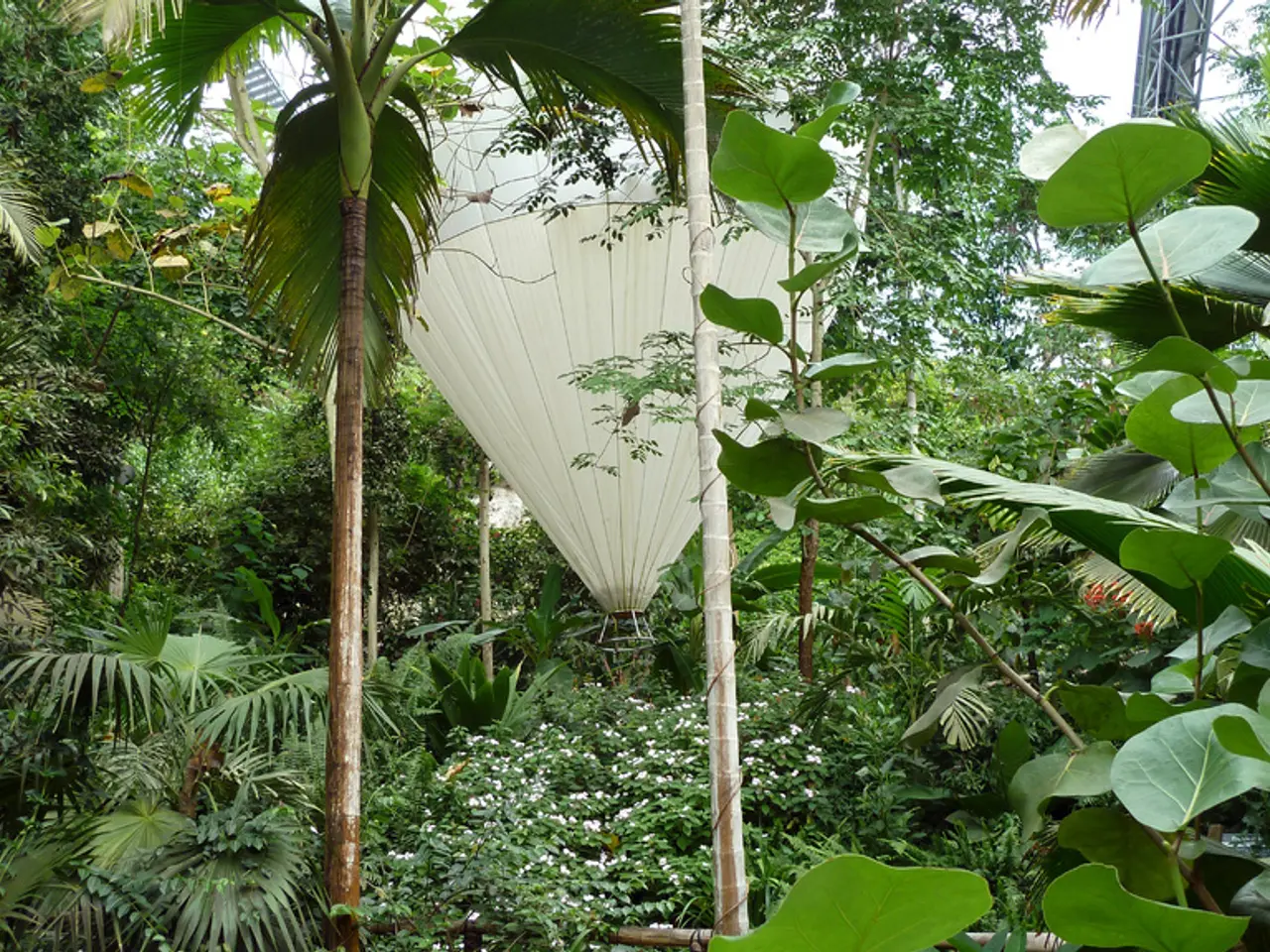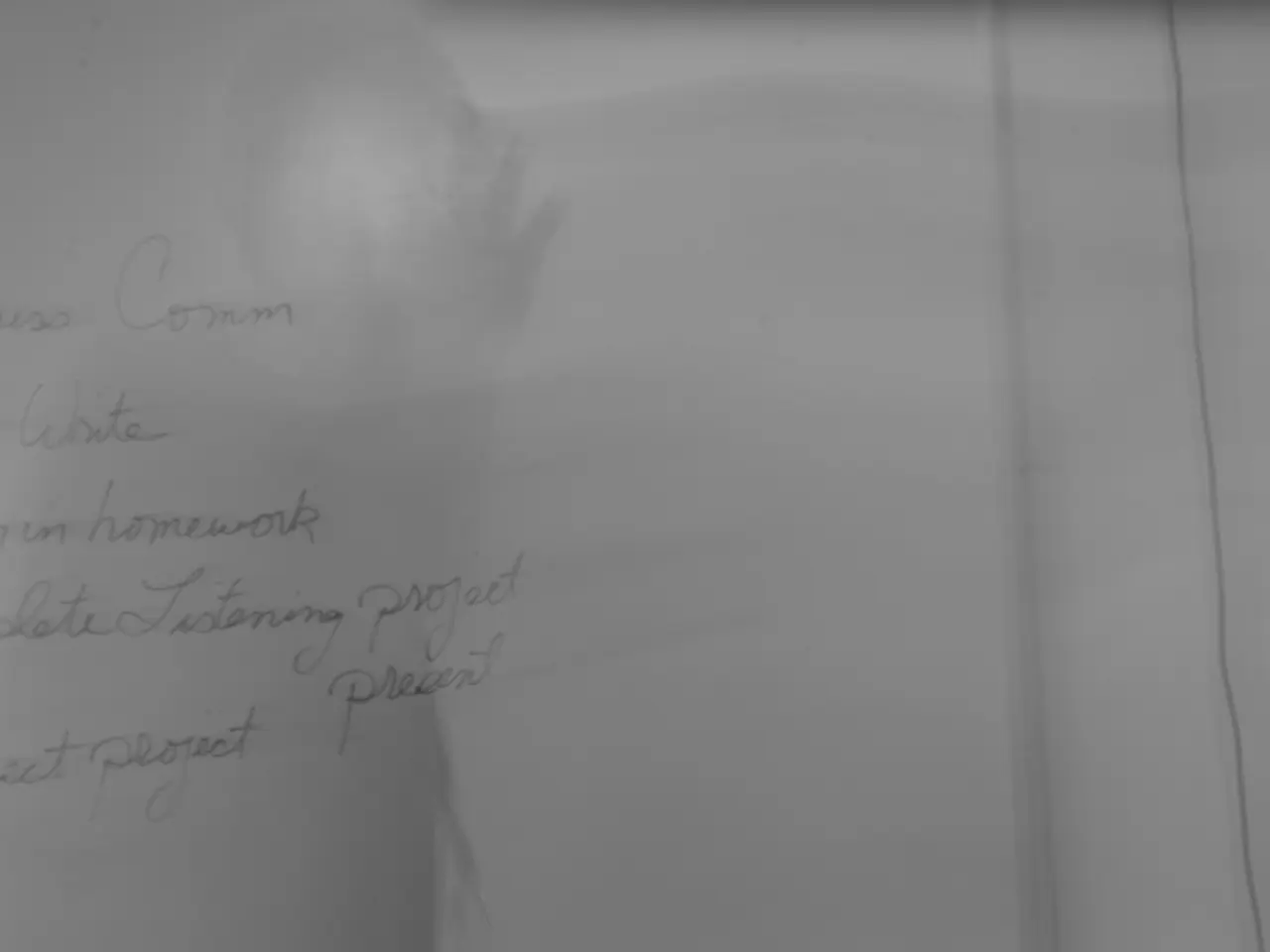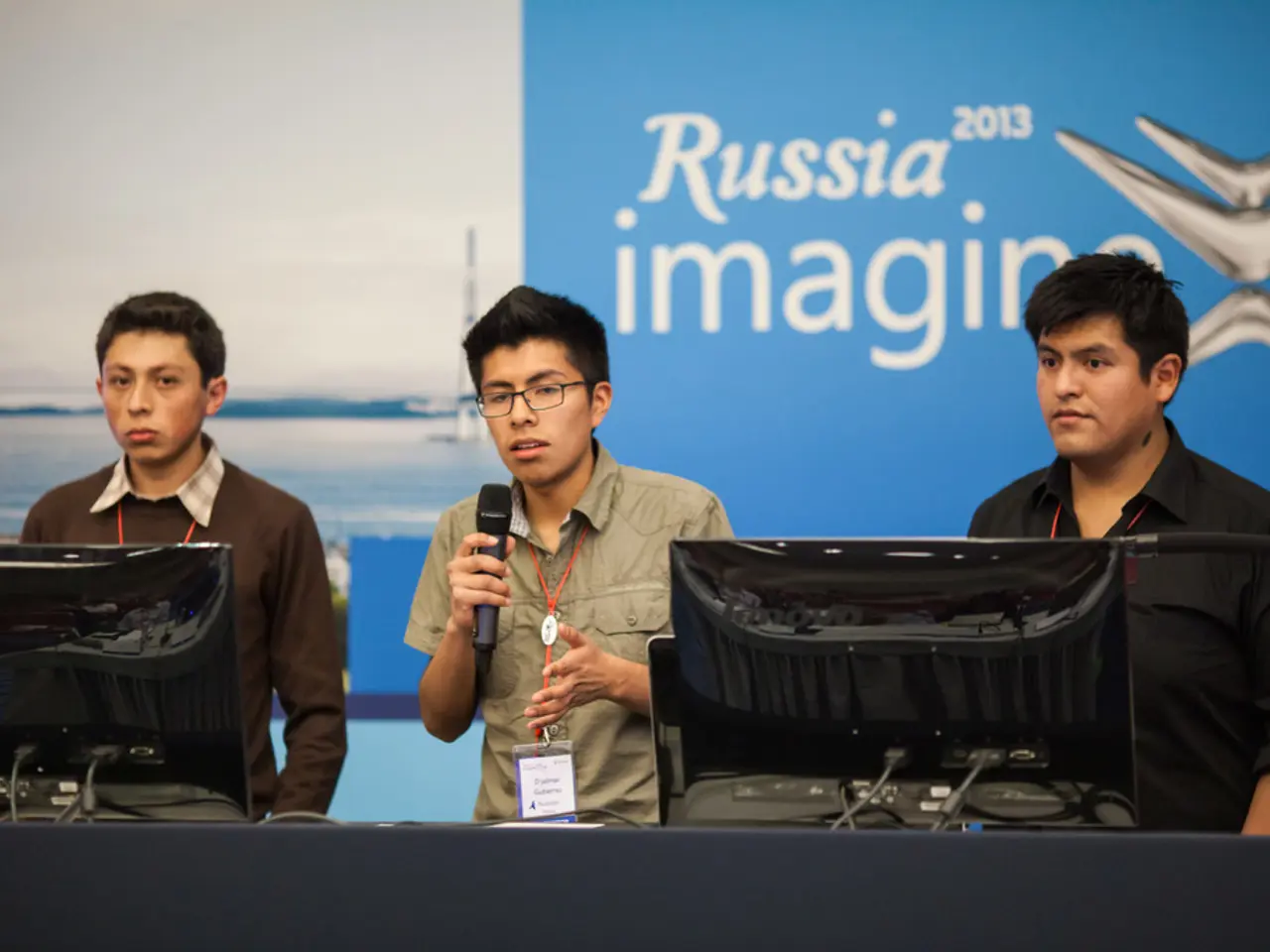Children's Wind-Related Activities
===========================================================================
Discover the power of wind with these engaging activities designed for children! Wind science experiments provide a unique opportunity for kids to learn about wind direction, aerodynamics, and energy through hands-on craft projects like making paper kites.
The Feather Experiment: A Simple Demonstration
Start with a simple yet captivating experiment using everyday materials:
- Insert a feather's quill into a straw.
- Have the kids blow through the straw to launch the feather.
- Encourage them to experiment with different feather sizes and straw lengths to observe how these factors affect flight distance.
This experiment helps children understand how wind can vary in strength and direction, fostering insight into wind power and aerodynamics.
Making Paper Kites
Paper kites are a classic introduction to wind science and aerodynamics. Here's a step-by-step guide for creating your own:
- Gather lightweight paper, wooden sticks (like bamboo skewers or craft sticks), string, tape or glue, scissors, and construction paper for decoration.
- Attach the sticks in a cross shape to create the kite frame.
- Tape or glue paper over the frame, leaving a tail made of ribbon or strips of paper for stability.
- Tie a string for flying.
- Take the kite outdoors on a windy day and observe how the wind lifts it, demonstrating lift and drag in action.
There are many tutorials available, including beginner-friendly videos that illustrate how to fold and assemble the kite.
Additional Wind Science Activities
Sail Car Project
Create a small car using recycled materials such as straws, bottle caps for wheels, and paper for sails. By experimenting with sail sizes and wheel textures, kids learn how wind energy can propel objects and the influence of friction and forces.
Making a Paper Windmill
Using construction paper and tape, craft windmills that spin when caught by the wind to visualize wind energy and movement.
Paper Wind Catchers and Anemometers
Craft simple wind catchers with ribbons or string to observe wind direction and build an anemometer with paper cups and straws to measure wind speed.
These activities combine observation, creativity, and scientific inquiry, making wind science accessible and fun for children.
Key Materials Needed
- Feathers (for demonstration)
- Straws
- Lightweight paper and craft sticks (for kites and windmills)
- Tape, glue, string, scissors
- Recycled materials (plastic bottle caps, straws, beads for sail cars)
This hands-on approach fosters curiosity and understanding about wind forces, energy, and weather phenomena in a kid-friendly way. For more science experiments for kids, visit the "Super Cool Science Experiments for Kids" page.
Happy experimenting!
- Engaging in science experiments like The Feather Experiment, Making Paper Kites, Sail Car Project, Making a Paper Windmill, and crafting Paper Wind Catchers and Anemometers from this guide can help children learn about wind science and aerodynamics, contributing to their home-and-garden and education-and-self-development.
- As lifestyle activities, these outdoor-living wind science experiments cater to children's curiosity, providing hands-on learning experiences that promote understanding of wind forces, energy, and weather phenomena in an enjoyable manner.
- Apart from wind science experiments, delving into learning about various topics like lifestyle, outdoor-living, home-and-garden, and education-and-self-development through hands-on activities can stimulate children's imagination and fosters overall development.




